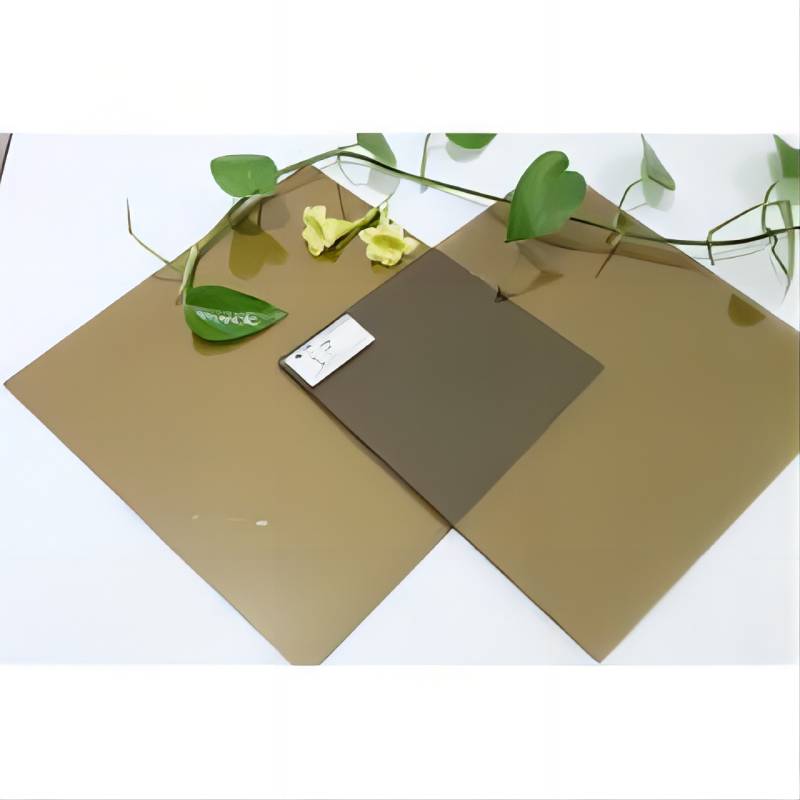The Art and Science of Mirror Cutting
Mirror cutting is a fascinating craft that combines artistic expression with precision engineering. The process not only involves the physical act of shaping glass but also requires an understanding of various techniques, tools, and safety measures to produce flawless, reflective surfaces. In this article, we will explore the intricacies of mirror cutting, its applications, and the vital skills required to master this delicate craft.
At its core, mirror cutting involves transforming sheets of glass into beautiful, reflective surfaces
. The primary material used in mirror making is clear glass, which is coated with a reflective layer, typically made from silver or aluminum. The first step in the mirror cutting process is selecting the right type and thickness of glass. The choice depends on the intended application, whether it be for decorative purposes, functional use in interiors, or even in artistic endeavors.
Once the glass is acquired, the cutting process begins. The cutter must measure and mark precise dimensions on the glass surface. This requires not only attention to detail but also a good understanding of the tools involved. Standard tools used in mirror cutting include a glass cutter, which scores the surface, and running pliers to help break the glass along the scored line. Mastery of these tools is essential, as improper handling can result in chipping or cracking the glass.
Safety is paramount in the mirror cutting process. Glass can be hazardous, and wearing protective gear such as gloves and goggles is crucial to prevent injuries. Additionally, working in a well-ventilated area helps to avoid inhalation of fine glass particles.
mirror cutting
After cutting the glass, the edges must be smoothed and polished. This step is vital as it not only enhances the aesthetic appeal of the mirror but also ensures safety by preventing sharp edges that could cause injuries. Various techniques, such as grinding and polishing with specialized tools, are employed to achieve a clean finish.
The reflective coating is then applied to the back of the glass, usually in a controlled environment to ensure uniformity. The choice of coating material can affect the quality and durability of the mirror. Silvering, for instance, creates a warmer tone, while aluminum provides a more neutral reflection. Once the coating is applied, the mirror is cured to ensure adhesion, completing the transformation from a simple glass sheet into a stunning, functional piece of art.
Mirror cutting is prevalent in various sectors, including interior design, automotive manufacturing, and even art installations. The versatility of mirrors allows them to serve numerous purposes, such as enhancing the perception of space in a room, creating stunning light reflections, or even functioning as a canvas for artistic expression.
In conclusion, mirror cutting is more than just a trade; it is an art form that requires skill, precision, and creativity. From choosing the right glass to mastering the cutting and polishing techniques, each step plays a crucial role in creating beautiful reflective surfaces. As technology advances, the craft of mirror cutting will continue to evolve, offering new possibilities for designers and artists alike, ensuring that this art form remains an integral part of both practical applications and aesthetic endeavors.
 Afrikaans
Afrikaans  Albanian
Albanian  Amharic
Amharic  Arabic
Arabic  Armenian
Armenian  Azerbaijani
Azerbaijani  Basque
Basque  Belarusian
Belarusian  Bengali
Bengali  Bosnian
Bosnian  Bulgarian
Bulgarian  Catalan
Catalan  Cebuano
Cebuano  Corsican
Corsican  Croatian
Croatian  Czech
Czech  Danish
Danish  Dutch
Dutch  English
English  Esperanto
Esperanto  Estonian
Estonian  Finnish
Finnish  French
French  Frisian
Frisian  Galician
Galician  Georgian
Georgian  German
German  Greek
Greek  Gujarati
Gujarati  Haitian Creole
Haitian Creole  hausa
hausa  hawaiian
hawaiian  Hebrew
Hebrew  Hindi
Hindi  Miao
Miao  Hungarian
Hungarian  Icelandic
Icelandic  igbo
igbo  Indonesian
Indonesian  irish
irish  Italian
Italian  Japanese
Japanese  Javanese
Javanese  Kannada
Kannada  kazakh
kazakh  Khmer
Khmer  Rwandese
Rwandese  Korean
Korean  Kurdish
Kurdish  Kyrgyz
Kyrgyz  Lao
Lao  Latin
Latin  Latvian
Latvian  Lithuanian
Lithuanian  Luxembourgish
Luxembourgish  Macedonian
Macedonian  Malgashi
Malgashi  Malay
Malay  Malayalam
Malayalam  Maltese
Maltese  Maori
Maori  Marathi
Marathi  Mongolian
Mongolian  Myanmar
Myanmar  Nepali
Nepali  Norwegian
Norwegian  Norwegian
Norwegian  Occitan
Occitan  Pashto
Pashto  Persian
Persian  Polish
Polish  Portuguese
Portuguese  Punjabi
Punjabi  Romanian
Romanian  Russian
Russian  Samoan
Samoan  Scottish Gaelic
Scottish Gaelic  Serbian
Serbian  Sesotho
Sesotho  Shona
Shona  Sindhi
Sindhi  Sinhala
Sinhala  Slovak
Slovak  Slovenian
Slovenian  Somali
Somali  Spanish
Spanish  Sundanese
Sundanese  Swahili
Swahili  Swedish
Swedish  Tagalog
Tagalog  Tajik
Tajik  Tamil
Tamil  Tatar
Tatar  Telugu
Telugu  Thai
Thai  Turkish
Turkish  Turkmen
Turkmen  Ukrainian
Ukrainian  Urdu
Urdu  Uighur
Uighur  Uzbek
Uzbek  Vietnamese
Vietnamese  Welsh
Welsh  Bantu
Bantu  Yiddish
Yiddish  Yoruba
Yoruba  Zulu
Zulu 

